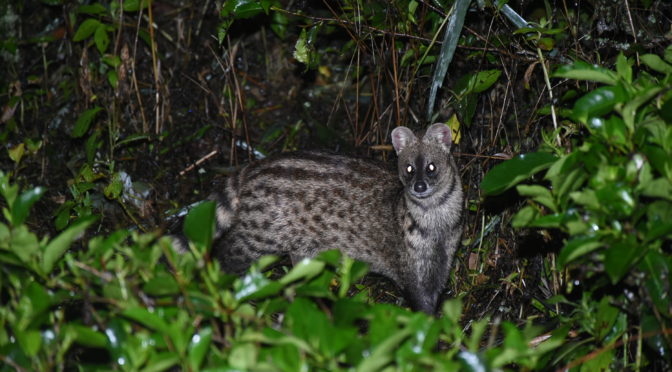Every animal has a role and benefits in wildlife, this also can be the topic for civet/Luwak. Civet/Luwak is an animal that has a potential for seed-dispersing, and the most known role is to produce Luwak coffee bean that can be processed to be a Luwak coffee. Many benefits and role that can be done by the Luwak and we are very interested to learn the role form the Luwak. Before knowing the role, we need to know the behaviour and the ecology of them that’s why we are very keen to catch them!
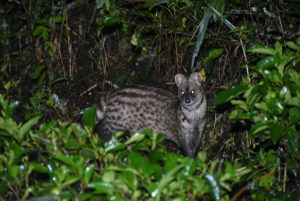
The initial of December 2020, LFP team went to Kemuning, Center Java to conduct the trapping and collaring for civets. We went there for two weeks. In the first week, we met the three locals that will help us to set the traps and the bait. During the first week, we walking through the field and forest to learn the location and condition. We also set the traps in several locations to try our luck for catching the civets also the camera traps to see what happen around the traps.
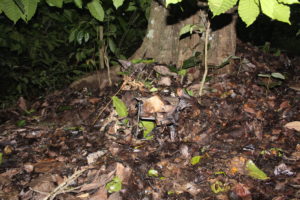
On the first week, we also conduct the training of tracking for the locals. The locals were very excited to learn a new skill or training and also still hoping that we will catch at minimum one civet. It might be the civet gets cleverer, we did not catch anything on the first week. On the second week, we also move the traps to the location that far from the villager house. During the second week, we also didn’t catch anything. But the camera traps catch small mammals such as treeshrew, ferret badger and rats.
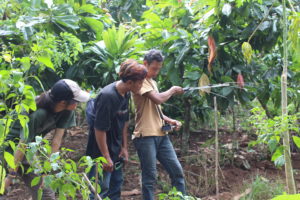
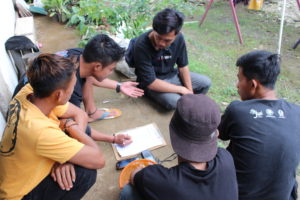
Because we didn’t catch anything in two weeks, we have a plan to go back at the end of January or February to try our luck again. Between now and the next plan, we try to habituate the traps for the animal. We keep the traps open with the bait inside so then the animal can get used to the traps. After the animal was used to the traps hopefully they also eating the bait inside it. We also wait for the good news from camera traps. If it hit the civet footage, the LFP team would come downhill from Cipaganti, go to Kemuning, and try to catch the civet again! Wish the best luck of civet collaring!
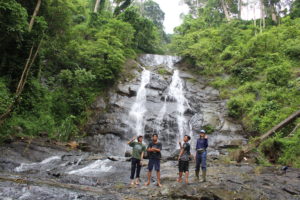
About the writer: Esther Adinda – Research Assistant in LFP. Esther is a forestry student who is passionate to work at the field and are excited to learn the behavioural ecology from loris and other animals.

